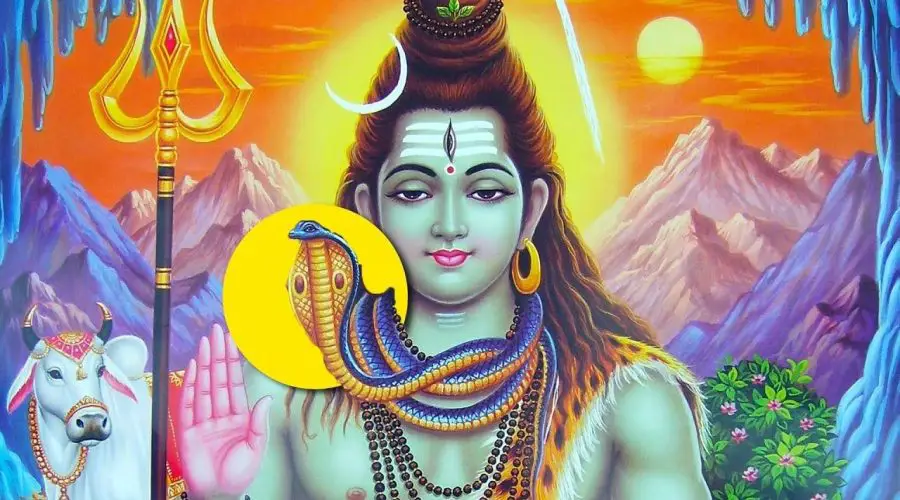The Real Story behind Vasuki and Shiva
Vasuki, the snake, is closely identified with Shiva, the Hindu God. Vasuki is also known as the Naga King and is often depicted around Shiva’s neck. Kashyapa and Kadru’s eldest son is Vasuki. According to the Puranas, the serpent king became the string of Shiva’s bow, which he used to destroy the three towns known as Tripuradahana. He is also revered throughout all Naga Pujas, particularly Nag Panchami.
The Naga is shown with multiple heads in some of Vasuki’s exclusive paintings. He is known as the serpent king with a thousand heads. Vasuki is said to live in the palace of Varuna, the sea god, according to the Mahabharata.
The Samudra Manthan and Vasuki
In Hindu Puranas, Samudra Manthan or the churning of the ocean is a significant event, and Snake Vasuki, the Naga ruler, had a key role in it. Following Sri Hari Vishnu’s directions, the Devas (demigods) and Demons (Asuras) began preparing for the churning of the cosmic ocean in order to collect Amrit – the nectar – that would make them eternal.
The Mandara Mountain was chosen as the axle, but they were unable to locate a rope that would allow them to circumnavigate the massive mountain.
As a result, the Devas and Asuras sought Vasuki, who consented to act as the churning rope. Vasuki’s head was held by the Asuras, and his tail was held by the Devas.
Vasuki and Garuda’s Pride
According to one interesting myth about the Samudra Manthan, Garuda was sent to invite Vasuki to the churning of the water. Despite the fact that Garuda was the snake’s arch-rival, he decided to invite Vasuki. Vasuki was not appropriately honoured by Garuda, who ordered him to engage in the ocean churning.
Vasuki lived in the palace of Varuna, the sea god. Vasuki requested that Garuda transport him to the location as soon as possible. Garuda consented to transport him on the back of his beak. Garuda flew up into the sky with Vasuki’s centre section, while the tail and head remained on the ground. Garuda then folded the enormous snake in half and flew into the sky, but the outcome remained the same. Vasuki was too heavy for Garuda to handle, so he returned with him.
Finally, Shiva extended his arm into the water, and Vasuki transformed into a bangle and arrived at the Samudra Manthan.
Vasuki and Shiva in Puranas
According to the Matsya Purana, Lord Shiva should be adorned with snakes when depicted. The majority of current images of Shiva only show a single snake around his neck. Another common depiction is the five-headed snake that frames a shadow over Shivling.
Various legends of companion snakes and Lord Shiva can be found in the Puranas and other celestial sacred scriptures.
Snakes as Ornaments
Because there is no written direction for presenting Lord Shiva, artists have used their most inventive minds to depict snakes with him.
Another interesting point is that when Lord Shiva is in the Kailash, he is depicted with snakes (Himalaya). Snakes are used by Lord Shiva as jewellery, armlets, and in his clothing. They also act as a bowstring for him. According to legend, each of the snakes found on Lord Shiva’s body was turned into an ornament during his marriage to Parvati.
Shiva is also claimed to have created ornaments out of poisonous snakes and given them to Pravati as a blessing. Snakes, particularly cobras, are reported to have a mental image of’mani’ (rubies). These rubies are thought to provide Parvati and Shiva with illumination during the night.

